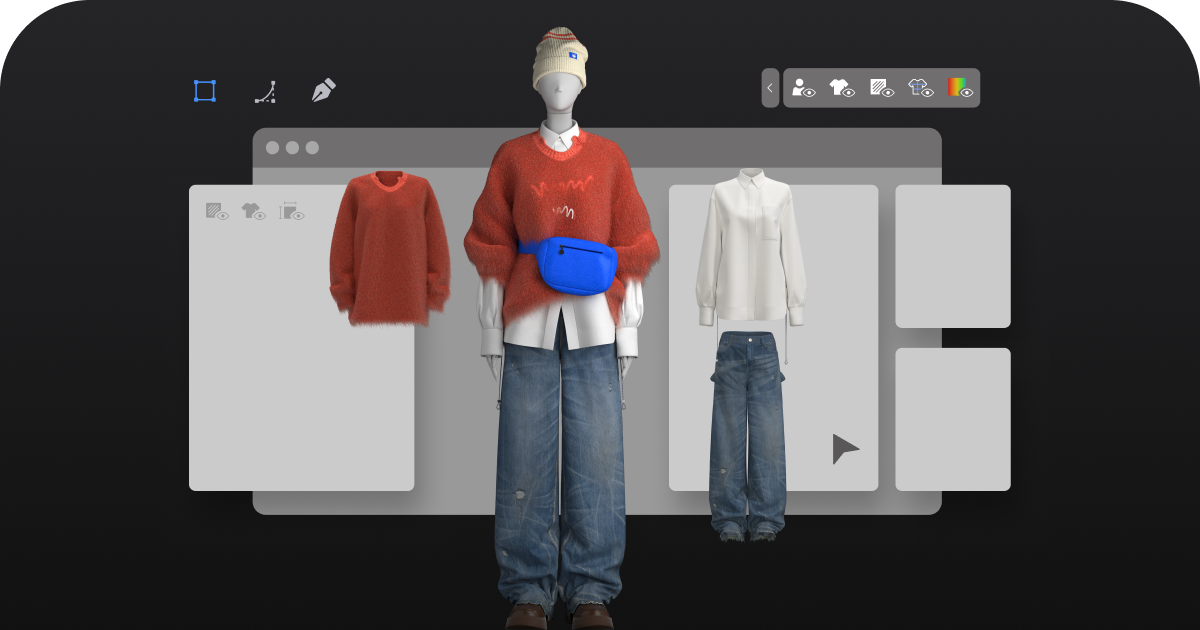
# Fashion Design Software: Tools for Creative Professionals
## The Evolution of Fashion Design Technology
Fashion design software has revolutionized the way creative professionals bring their visions to life. Gone are the days when designers relied solely on pencil sketches and physical prototypes. Today’s digital tools offer unprecedented precision, efficiency, and creative freedom, enabling designers to experiment with colors, patterns, and silhouettes in ways that were previously unimaginable.
## Essential Features of Modern Fashion Design Software
Contemporary fashion design programs typically include:
– Vector-based drawing tools for precise garment outlines
– Digital pattern-making capabilities
– 3D garment visualization
– Fabric simulation technology
– Color palette management systems
– Collaboration features for team projects
## Top Fashion Design Software Options
### 1. Adobe Illustrator
While not exclusively for fashion, Illustrator remains a favorite among designers for its powerful vector tools and compatibility with other Adobe Creative Cloud applications.
Keyword: fashion design software
### 2. CLO 3D
This innovative software allows designers to create and visualize garments in 3D, significantly reducing the need for physical samples.
### 3. Browzwear
Specializing in 3D fashion design, Browzwear offers realistic fabric simulation and pattern-making tools.
### 4. Optitex
A comprehensive solution that combines 2D pattern making with 3D visualization capabilities.
## Benefits of Using Digital Design Tools
Fashion design software provides numerous advantages:
– Reduced material waste through digital prototyping
– Faster iteration and design refinement
– Improved accuracy in pattern creation
– Easier collaboration with global teams
– Cost savings in the sampling process
– Enhanced presentation capabilities for clients
## Choosing the Right Software for Your Needs
When selecting fashion design software, consider:
– Your specific design focus (apparel, accessories, footwear)
– Technical skill level and learning curve
– Integration with existing workflows
– Budget constraints
– Hardware requirements
– Output needs (technical packs, production files)
## The Future of Fashion Design Technology
Emerging technologies like AI-assisted design, virtual reality fitting rooms, and blockchain for supply chain transparency are poised to further transform the industry. Fashion design software continues to evolve, offering creative professionals increasingly sophisticated tools to express their vision while streamlining the production process.